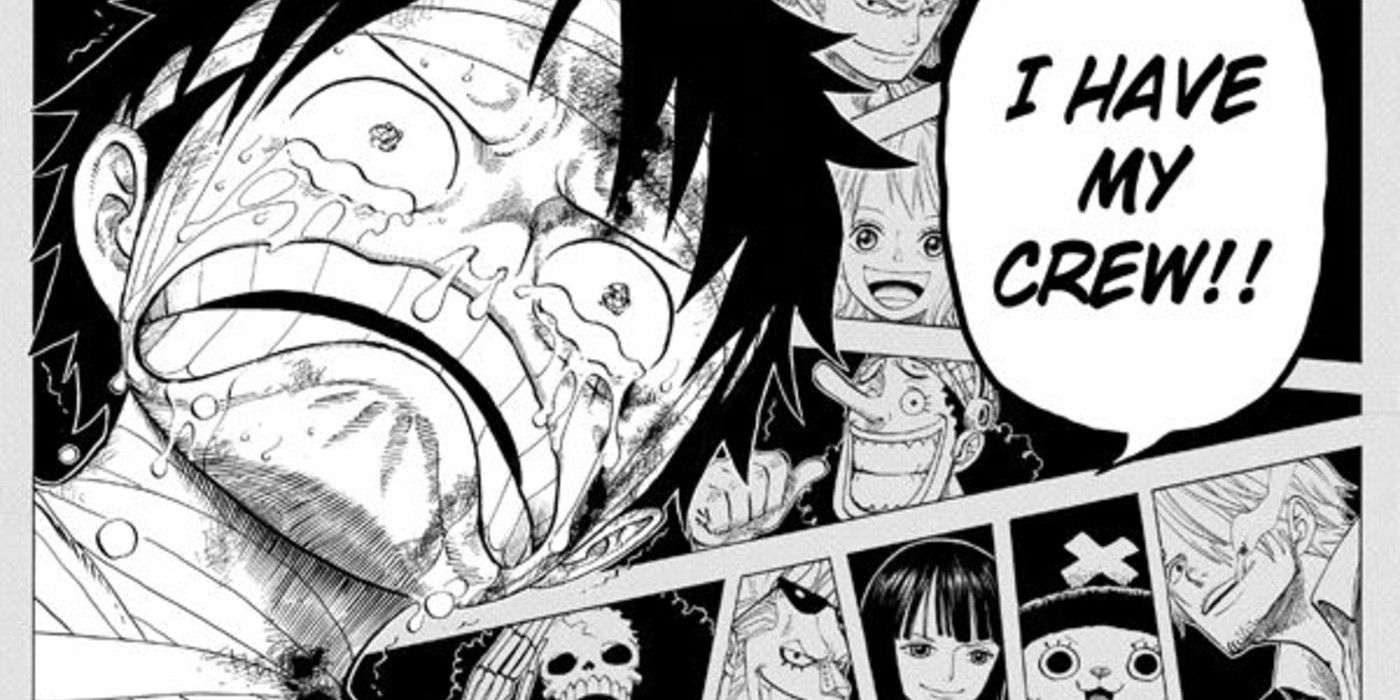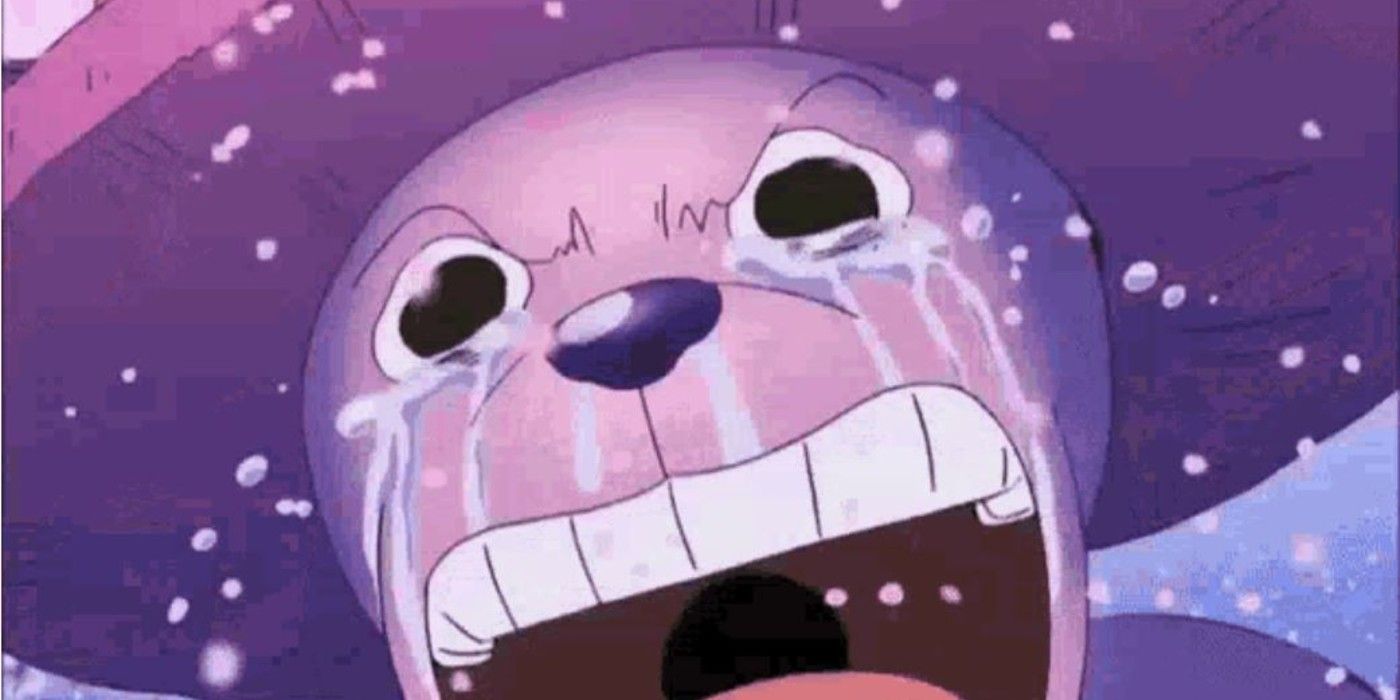When people discuss the art of One Piece creator Eiichiro Oda, two topics tend to get focus: his detailed backgrounds and his unique character designs. One aspect of his artistic ability, however, often gets overlooked, and that's his ability to bring out the best character expressions, especially in how a character cries.
Any longtime fan of One Piece could tell you the series is littered with scenes of characters sobbing their hearts out at their lowest moments. From Zoro's promise to Luffy after his defeat by Mihawk to Robin's "I want to live!" during Enies Lobby, One Piece never shies away from the act of crying.

From a Western perspective, the constant crying in One Piece might seem unusual for an action comic aimed at young boys ages 10-18. We're raised to see crying as displaying weakness; boys are taught it's only for girls and get shamed for crying. The truth is crying is a healthy way to reduce stress, so media aimed at a younger audience should never put down a person for crying. This is why it's so poetic that Oda never holds back when he has his characters cry.
When a character cries in One Piece, they're never an object of ridicule or the butt of the joke. In fact, the scenes in One Piece of characters crying are often the most poignant and well regarded across the manga's history. These are scenes of the character expressing either extreme release of emotional distress or cathartic relief and Oda knows how to use both to its absolute strengths.
One such scene is Zoro's vow to Luffy after his defeat by the world's greatest swordsman, Dracula Mihawk. Zoro feels regret about this loss. At that moment, Zoro lifts up his sword to salute his captain with tears rolling down the side of his face as he promises never to lose again. Zoro is the tough guy of the Straw Hats, rarely the type to lose his cool, but he's still human, and the fact that Oda lets his characters have their moments of weakness helps us empathize with them. Sometimes crying can also be cathartic, and there's no better example of this then the very end of the Drum Island Arc.

As the Straw Hats and their newest companion Chopper escape into the night in a sled, something magical happens that stops them in their tracks. This arc reveals Chopper's origin, how he was raised by a quack doctor named Hiriluk who wanted to cure Drum Island's "Sickness of the Heart." To do this, he would find a way to make cherry blossoms bloom on this island, despite the fact it's constantly snowing. Hiriluk discovered his formula to give to Kureha before his death. Even though he was about to die from poison, Hiriluk wasn't afraid of death because he knew his dream was going to come true.
All these years later as Straw Hats are about to disembark, beautiful pink snowflakes begin to fall from the sky of Drum Kingdom and as Chopper sees a massive pink cloud atop the Drum Rockies similar to a cherry blossom tree, the small reindeer wails and cries into the night. In a poorer written manga, this scene would have just ended with Chopper smiling as he congratulated Hiriluk, but the fact that Chopper is crying and nobody mocks him for it elevates the moment. This scene is sincere and feels genuine, and if Chopper had been doing anything else but crying, it would not be as well-remembered as it is.
People don't look aesthetically pleasing when they cry; this is when a person is in pain or despair after all. When Oda draws Luffy crying after the Marineford Arc, his face is all scrunched up and wrinkled with tears and snot after having just lost someone close to him. When Oda draws Sanji crying in the rain after overhearing his fiance's plan to murder him, we see a young man broken down as he can't even start his lighter anymore. When Luffy tells the skeleton musician Brook that Laboon, the whale he left behind at Reverse Mountain, is still there waiting for him after 50 years, you can see the mix of pain and relief on Brook's face as he begins to cry while holding his face despite not actually having any skin or features to contort with that expression.
Stories, especially ones aimed at young male audiences like shonen manga, need to be more open to depicting crying. It's a part of life the same way laughing or smiling is, and only showing it in a negative light can be damaging emotionally. Crying isn't what makes One Piece good, but its willingness to have its characters cry when a scene calls for it is something worthy of praise and respect.
About The Author
